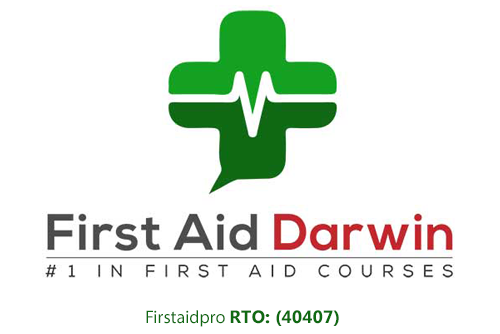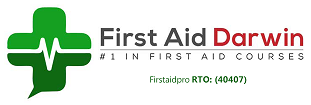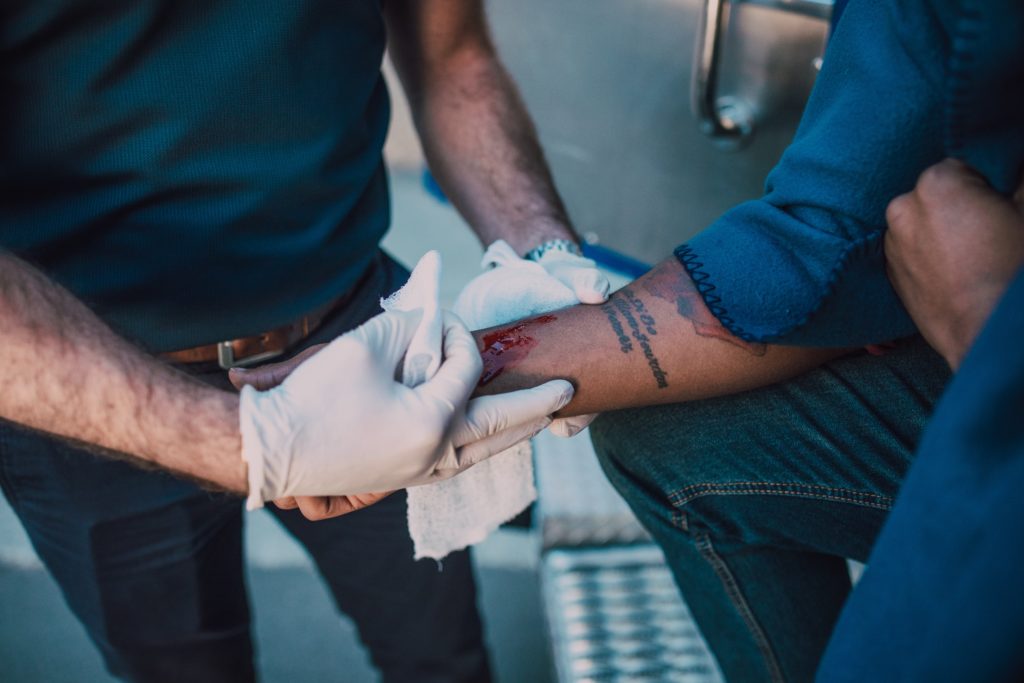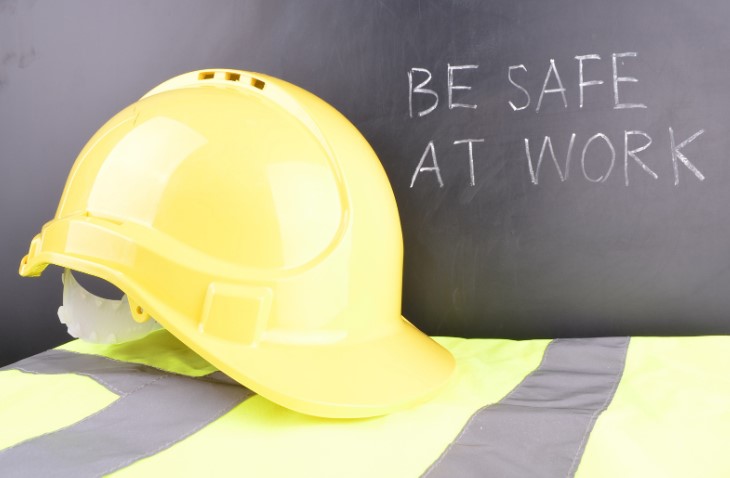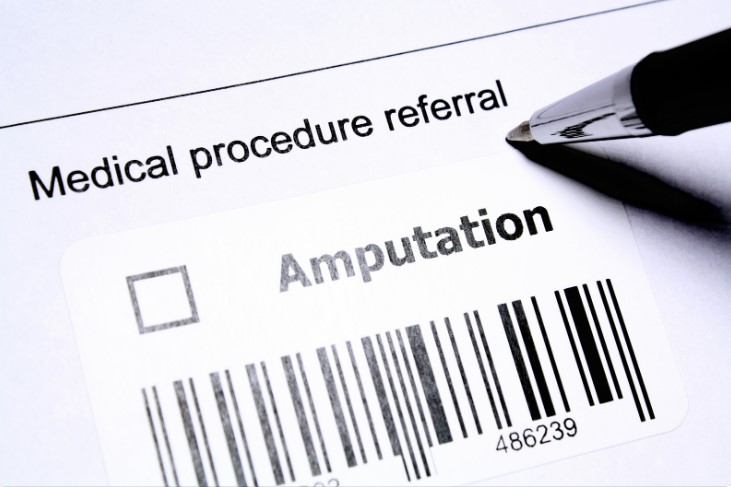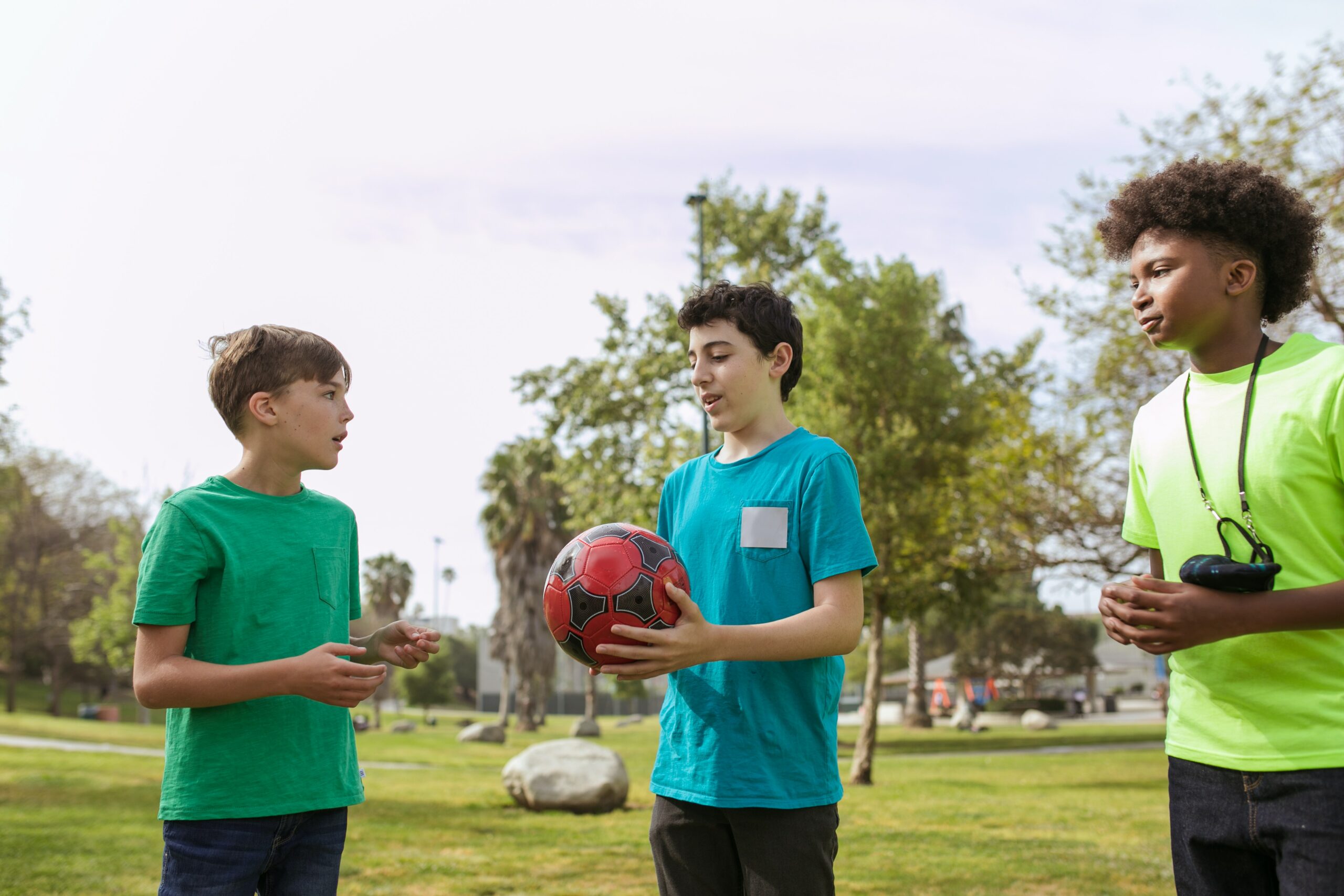First Aid Tips for External Bleeding: Traumatic injuries can result in external bleeding. It is essential to understand how to treat common bleeding incidents and when to seek medical help.
What is External Bleeding?
External bleeding is recognisable and usually associated with open injury. There are many different types of wounds and open injuries. They can be a break in the continuity of the skin, such as abrasions, lacerations, excoriation, incision, puncture wounds, and gunshot wounds.
The body immediately begins a complex chain of events once bleeding occurs. The brain, lungs, and heart will try to compensate for the blood loss to maintain the supply of oxygen-rich blood in the body. Both internal and external bleeding that causes a decrease in blood volume can be life-threatening.
Signs and Symptoms
The presence of blood is an easy way to spot external bleeding. In large wounds, it may be challenging to locate the source of bleeding. The rule in wound management is when an injury involves more than 5 cups of blood; then the wound is life-threatening.
Other common signs of external bleeding include:
- Visible wound, with or without an embedded foreign object
- Pain from the skin surface
- Loss of normal function in the site of injury
- Pale, cold, and clammy skin
- Fast heart rate
- Low blood pressure
- Dizziness or lightheadedness
- Loss of consciousness
Bleeding Treatment
Try to identify the severity of the wound before performing first aid. If you suspect internal bleeding or an embedded object on site of injury, call triple zero (000) for assistance.
For minor external bleeding injuries, here are first aid steps to follow:
- Wear protective gloves
With an open wound, there is a high risk of infection. It is essential to wear protective gloves to prevent disease from passing through the injury.
- Apply pressure
Pressure application is the best way to control the bleeding. Place a clean and dry piece of material such as a bandage or cloth on top of the wound and apply enough pressure to make the bleeding stop.
Secure the dressing with a bandage to maintain pressure. Make it firm but not too tight that it will restrict the person’s circulation.

- Do not remove an embedded foreign object.
Do not try to pull out an object inserted into the wound. The object may be acting as a plug that stops and reduce the bleeding. The best thing to do is apply pressure on the side to push edges together or have a professional remove it.
- Raise the affected area
Elevate the site of injury to reduce the blood flow, which will also stop the bleeding. If the damage is in the arm or hand, raise it above the person’s head. If it is in the lower limb, lie down and elevate the injury above the heart level.
- Call emergency services
Ask bystanders to call 000 for emergency help. Give the emergency dispatcher details of where the wound is and the extent of bleeding. If alone, do the call on your own. Use the hands-free speaker option to talk to the dispatcher while performing first aid.
- Monitor for Shock
Loss of blood volume can result in a person developing shock. Provide treatment by helping the person to lie down on a solid floor. Keep monitoring the level of response until an ambulance arrives.
If the person becomes unresponsive at any point, begin CPR.
Conclusion
The priority in any wound management is to stop the bleeding. Bleeding that is not controlled quickly may result in blood loss, unconsciousness, and possibly developing shock. Shock is a life-threatening condition, often caused by a bleeding emergency.
If the bleed did not stop with pressure, the emergency dispatcher might ask to do a tourniquet on the victim. They may recommend using first aid items such as a triangular bandage or other available items such as a belt or tie to do a tourniquet. If untrained, you might have a difficult time doing this technique.
First aid training is essential to deliver these lifesaving techniques correctly and effectively.
To learn aid, visit our website First Aid Courses Darwin for more information.
